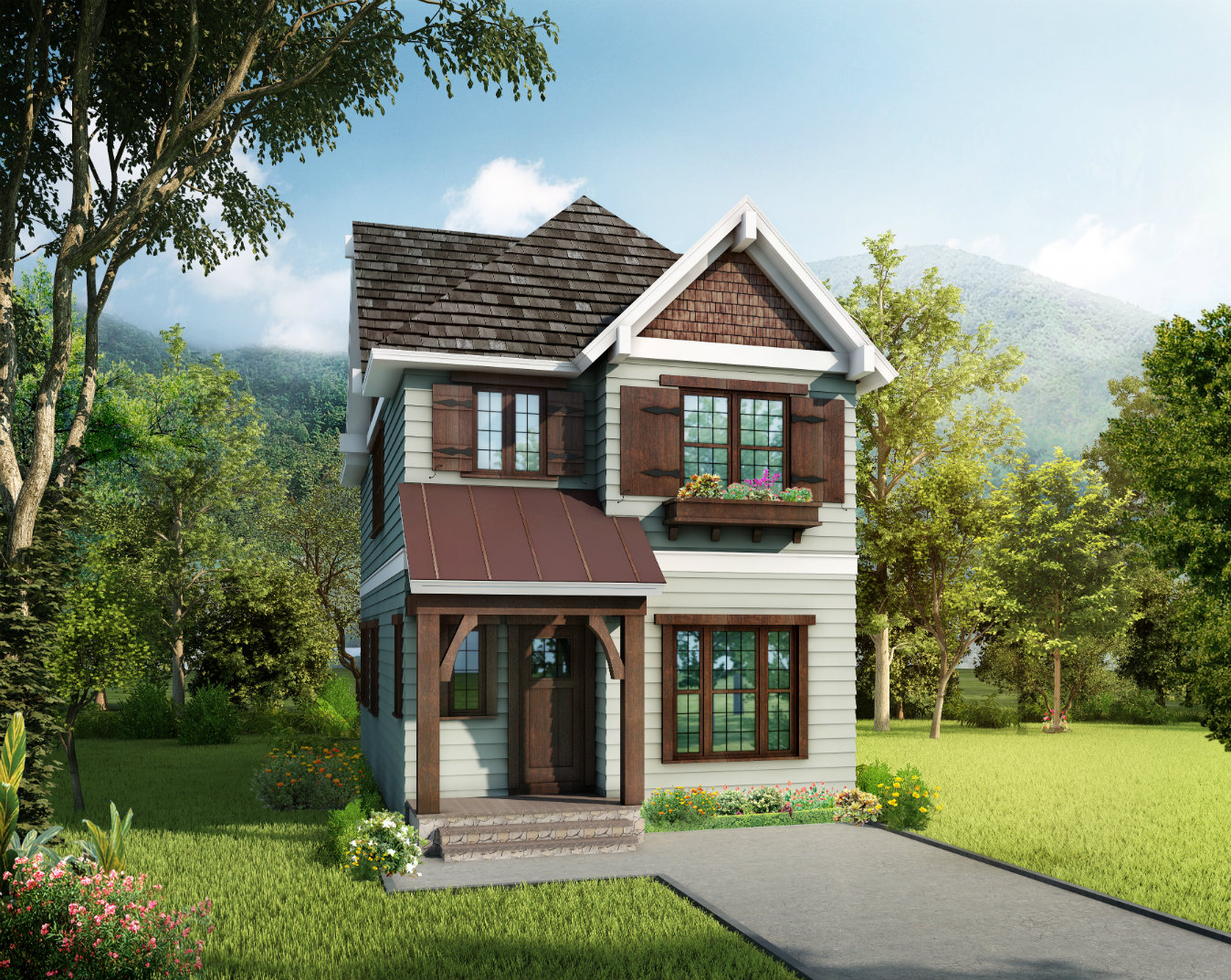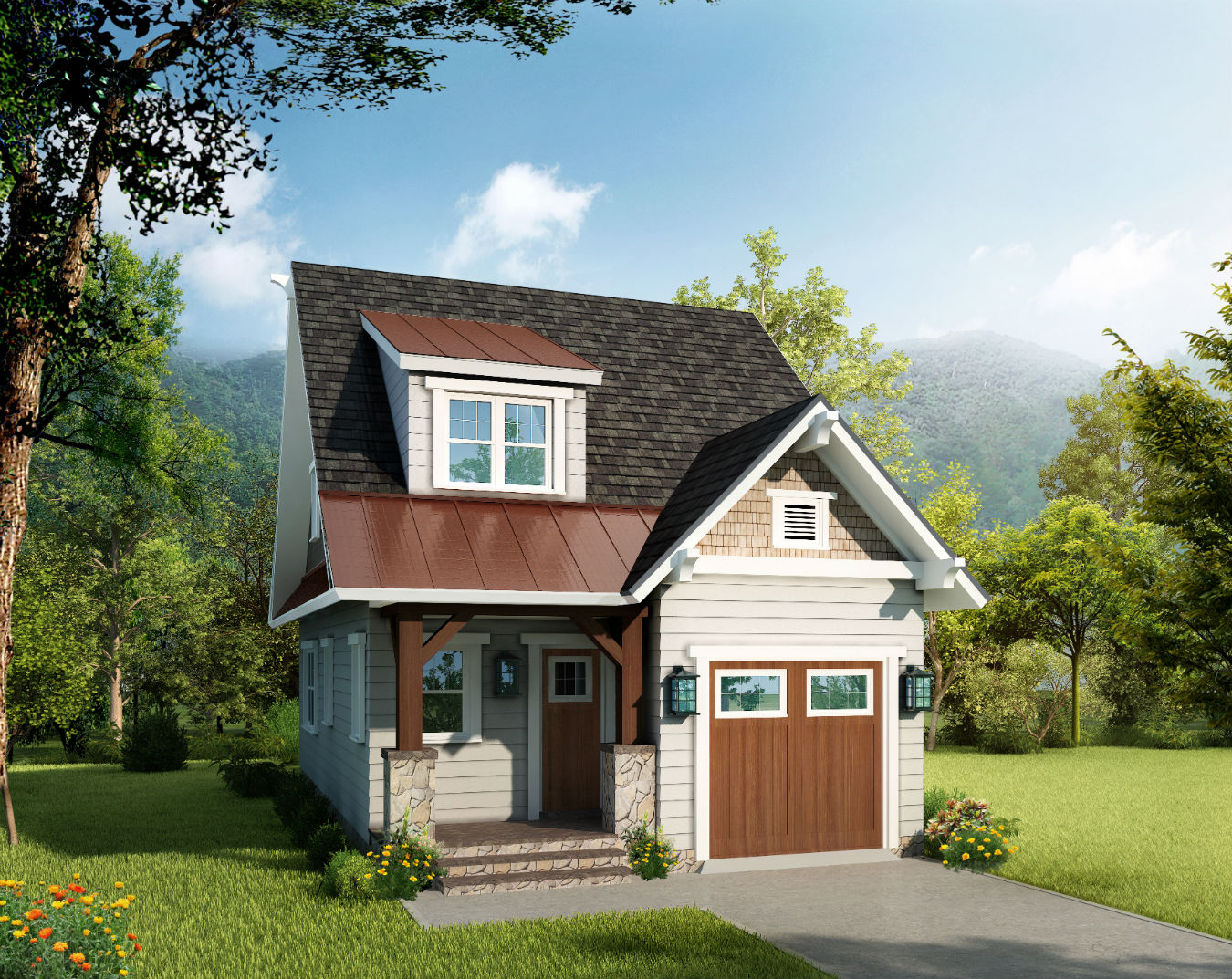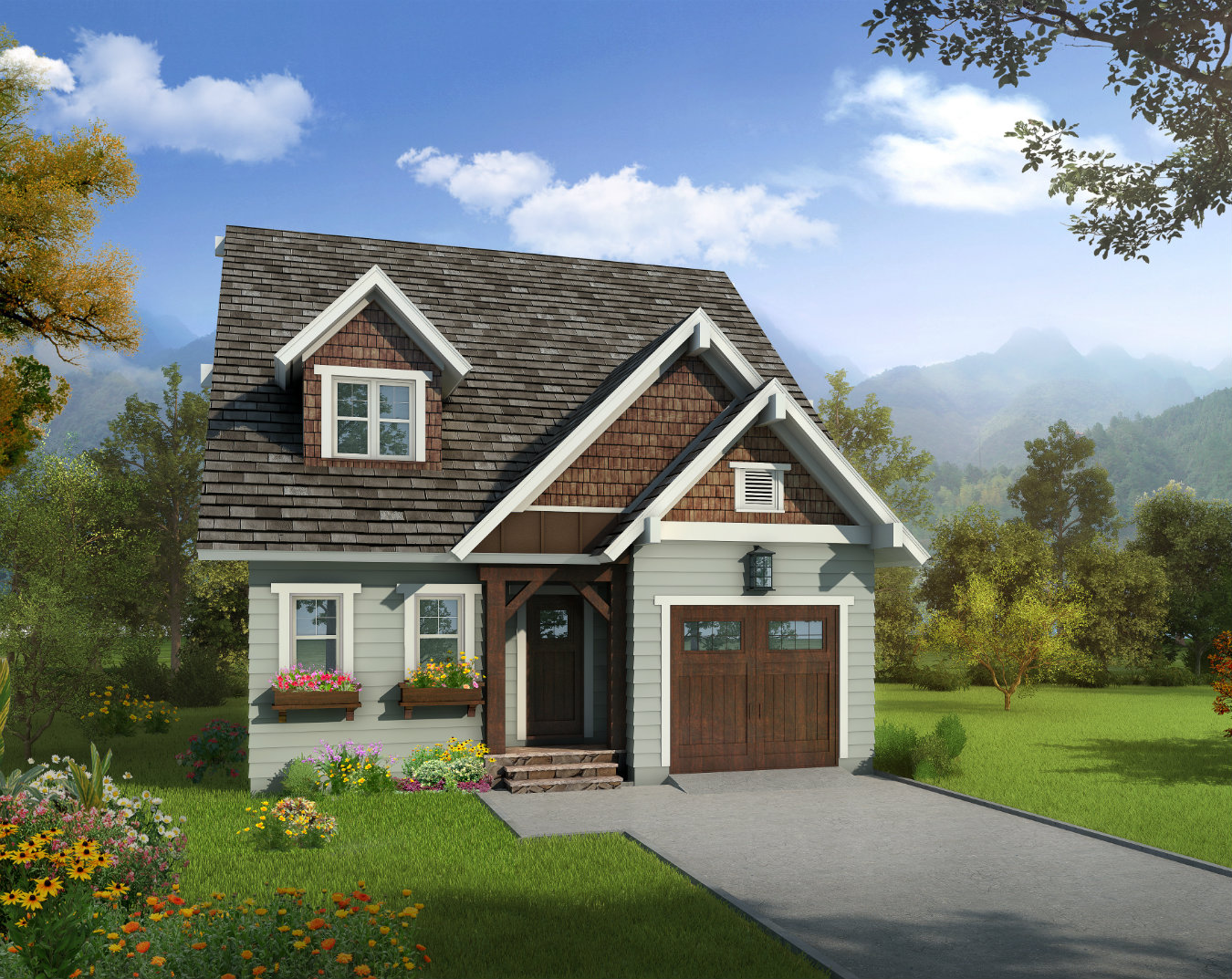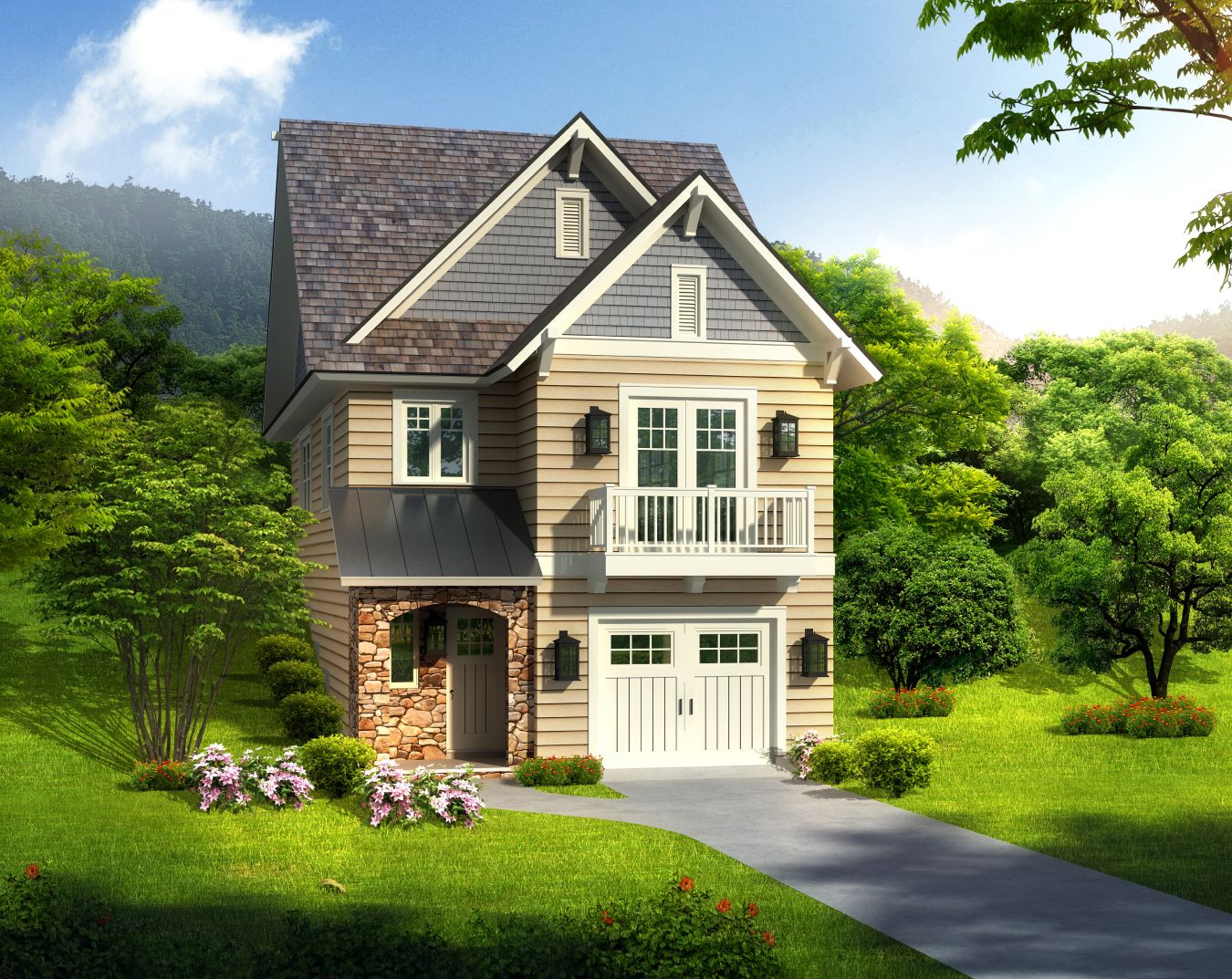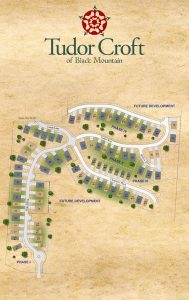
Hampton Series
Starting at $289,900
Whitehall Series
Starting at $272,900
Windsor Series
Starting at $359,900
Hever Series
Starting at $289,900
Architectural Styles of Tudor Croft
Tudor Croft homes reflect the Tudor Revival style and the American Craftsman style. They are designed to aesthetically blend with the natural terrain of the beautiful Black Mountain region as well as accommodate our twenty-first century lifestyle. The Tudor Revival homes imitate the English Medieval cottages or century houses. This rustic style has steeply pitched roofs, stonework, half-timbering within plaster or stucco, dormer windows, and sometimes thatched roofs. Arched doors and oriel (protruding) windows are often seen in this style. The houses are often referred to as Cotswold (an English shire) cottages or Storybrook cottages.
The influence of Tudor Revival is evidenced in Black Mountain in the Tudor residence, In The Oaks, built in the early 1920s for the Franklin Terry family. It is presently owned by the Black Mountain campus of Montreat College. The American Craftsman style was developed out of the British Arts and Crafts movement of the 1860s. This movement emphasized handwork over mass production and showed the dignity of human labor. The mantra of this movement was a relationship between art and design and high quality workmanship. The American Craftsman style distinguished itself in the Bungalow style for middle class American families. Common architectural features include rustic overhanging eaves, exposed rafters, stone and woodwork, and mixed material throughout the structure.
In the late 1800’s, Spanish architect and builder Raphael Gustavina II built a home in the region. He came to western North Carolina to design and build the domes and vaults in the Biltmore House. His work can also be seen in the Basilica of St. Lawrence in Asheville. The exposed rafters and rustic structure echo the arts and craft style in the early twentieth century.

